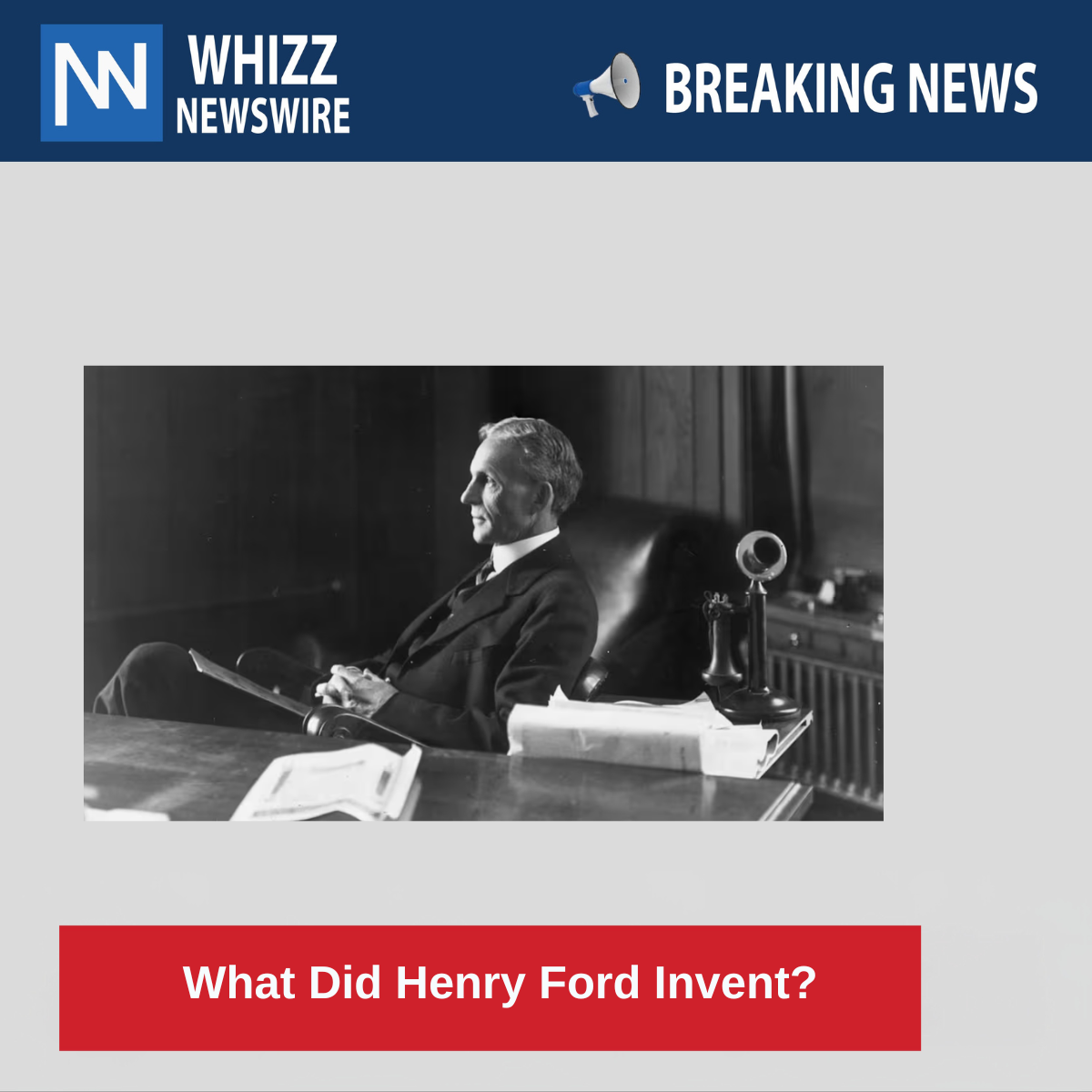Henry Ford did not invent the automobile, nor did he invent the assembly line itself but he revolutionized both in ways that changed the world. Here’s a detailed look at what Henry Ford invented or innovated and why his contributions were so significant:
1. The Assembly Line (Mass Production Revolution)
Key Contribution: He didn’t invent the assembly line — he perfected it.
- In 1913, Ford introduced the moving assembly line at his Highland Park plant in Michigan.
- This innovation cut the production time of a Model T from over 12 hours to just 90 minutes.
- By assigning each worker a specific task along a conveyor belt, production became faster, cheaper, and more efficient.
- This system transformed global manufacturing and became a standard across many industries.
2. The Model T (First Affordable Car for the Masses)
Year Introduced: 1908
- The Model T Ford wasn’t the first car ever made, but it was the first car affordable to the average American.
- Before the Model T, cars were luxury items for the rich.
- With the help of mass production techniques, Ford reduced the cost of the Model T to under $300 by the 1920s, making car ownership accessible to millions.
- The Model T became so popular that by 1918, half of all cars in the U.S. were Model Ts.
3. $5 Workday (Radical Labor Policy)
Introduced in: 1914
- Ford introduced a $5 per day wage nearly double the average factory wage at the time.
- He also cut the workday from 9 hours to 8, and introduced a five-day workweek.
- While some saw this as generosity, Ford considered it good business: it reduced worker turnover, boosted productivity, and allowed workers to afford the cars they were building.
- This labor reform had a huge influence on worker rights and consumer culture in America.
4. Standardization of Automobile Parts
- Ford’s methods encouraged the interchangeability of parts, which meant repairs and manufacturing could be done more efficiently.
- This helped develop the modern concept of modular manufacturing and even impacted other industries.
5. Impact on Society and Urbanization
- The widespread adoption of cars allowed for suburban expansion, mobility, and reshaped cities and towns.
- Ford’s work triggered major growth in related industries: steel, oil, rubber, road construction, and service stations.
6. Other Inventions and Patents
While Ford focused on innovation through process and business models, he also had several patents:
- U.S. Patent No. 1,655,114: Method of Constructing a Vehicle Frame.
- U.S. Patent No. 1,322,274: Transmission Mechanism.
- He had dozens of patents under his name for engine improvements, vehicle bodies, and manufacturing methods.
Summary: What Did Henry Ford Truly Invent?
| Innovation | Was He the First? | What Was His Contribution? |
| Automobile | No | Made it affordable and accessible |
| Assembly Line | No | Perfected it for auto production |
| Model T | Yes | First mass-produced affordable car |
| $5 Workday & 40-Hour Workweek | Yes | Revolutionized labor practices |
| Interchangeable Parts & Standardization | No | Popularized them in auto industry |
Henry Ford’s true genius was not in inventing new machines, but in rethinking the entire process of how things are made and how people work. His ideas gave birth to modern consumerism, transformed industry worldwide, and made the automobile a part of everyday life.
For similar content visit here




